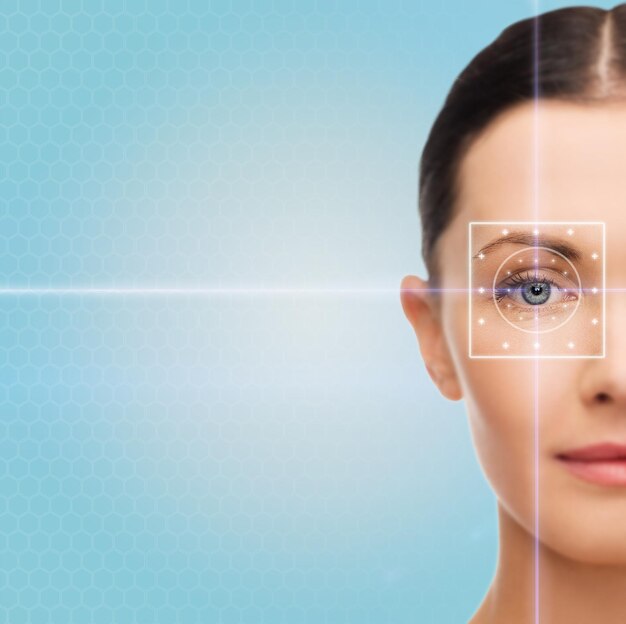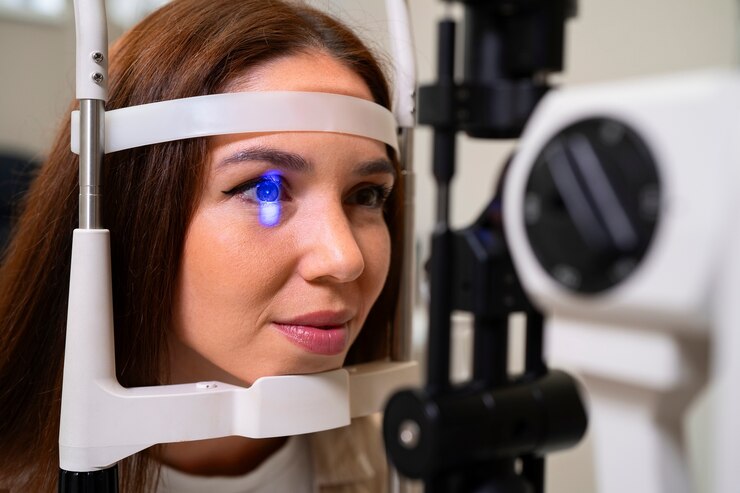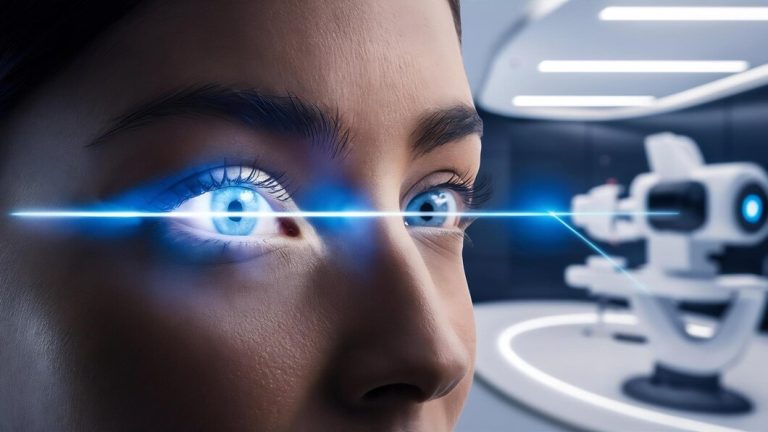Long-Term Results And Patient Satisfaction With LASIK
LASIK (Laser-Assisted In Situ Keratomileusis) surgery has revolutionized the field of vision correction, offering millions of people around the world the opportunity to reduce or eliminate their dependence on glasses and contact lenses. While the short-term efficacy of LASIK is well-established, understanding the long-term outcomes and patient satisfaction with the procedure is essential for assessing its enduring impact on visual quality and overall quality of life. This article provides a comprehensive review of the long-term results and patient satisfaction with LASIK, exploring factors influencing outcomes and highlighting key findings from clinical studies.
Long-Term Visual Outcomes
Numerous studies have investigated the long-term visual outcomes of LASIK surgery, consistently demonstrating stable and satisfactory results for the majority of patients. One of the primary measures of success in LASIK outcomes is visual acuity, both uncorrected (UCVA) and corrected (BCVA), which typically remains stable or improves over time following surgery. Studies have reported high rates of 20/20 or better UCVA in the long term, with many patients maintaining excellent vision years after undergoing LASIK.
In addition to visual acuity, other factors such as refractive stability, contrast sensitivity, and night vision have been evaluated in long-term studies of LASIK outcomes. Overall, research indicates that the vast majority of patients experience stable refractive outcomes postoperatively, with minimal regression of correction over time. Moreover, improvements in contrast sensitivity and reduced night vision disturbances have been reported in many patients, contributing to enhanced overall visual quality and satisfaction.
Patient Satisfaction and Quality of Life
Patient satisfaction with LASIK surgery is a critical determinant of its success and long-term viability as a vision correction option. Numerous studies have assessed patient satisfaction and quality of life following LASIK, consistently reporting high levels of satisfaction among patients who undergo the procedure. Factors contributing to patient satisfaction include improved visual acuity, reduced dependence on glasses or contact lenses, and enhanced convenience and lifestyle flexibility.
Several validated questionnaires and survey instruments have been used to assess patient-reported outcomes and satisfaction with LASIK. These tools measure various aspects of vision-related quality of life, including visual function, symptoms, activities of daily living, and overall satisfaction with surgical outcomes. Research indicates that the majority of LASIK patients report significant improvements in these domains following surgery, with high levels of satisfaction persisting in the long term.
Factors Influencing Long-Term Outcomes and Satisfaction
While LASIK surgery is generally associated with favorable long-term outcomes and high patient satisfaction rates, several factors can influence individual results and patient experiences. These factors include:
Preoperative Refractive Error: The severity of the refractive error and the amount of correction required can impact the predictability and stability of LASIK outcomes. Patients with higher degrees of myopia, hyperopia, or astigmatism may be at a slightly higher risk of experiencing residual refractive errors or regression of correction over time.
Corneal Healing and Stability: The healing process of the cornea following LASIK can influence refractive outcomes and visual stability. Factors such as corneal thickness, shape, and biomechanical properties may affect the rate of regression and the long-term stability of the surgical correction.
Surgeon Experience and Technique: The skill and experience of the surgeon performing LASIK surgery play a crucial role in determining outcomes and patient satisfaction. Surgeons with extensive experience and expertise in refractive surgery are more likely to achieve optimal results and minimize complications.
Patient Expectations and Compliance: Managing patient expectations and ensuring realistic goals are essential for achieving satisfactory outcomes and high levels of satisfaction with LASIK. Patients must also adhere to postoperative instructions and attend follow-up appointments to optimize healing and monitor for any potential complications.
Ocular Health and Stability: Preexisting ocular conditions, such as dry eye syndrome, corneal ectasia, or ocular surface irregularities, can influence LASIK outcomes and patient satisfaction. Addressing these factors preoperatively and managing them effectively postoperatively is crucial for optimizing visual outcomes and patient comfort.
Conclusion
LASIK surgery continues to be a safe, effective, and popular option for vision correction, with high rates of long-term success and patient satisfaction. The vast majority of patients experience stable visual outcomes, improved quality of life, and reduced dependence on corrective eyewear following LASIK. While individual results may vary depending on various factors, careful patient selection, thorough preoperative evaluation, and meticulous surgical technique are essential for achieving optimal outcomes and ensuring patient satisfaction in the long term. As technology and techniques continue to advance, LASIK surgery remains a valuable tool in the armamentarium of refractive surgeons, offering lasting benefits to millions of individuals seeking freedom from glasses and contact lenses.








